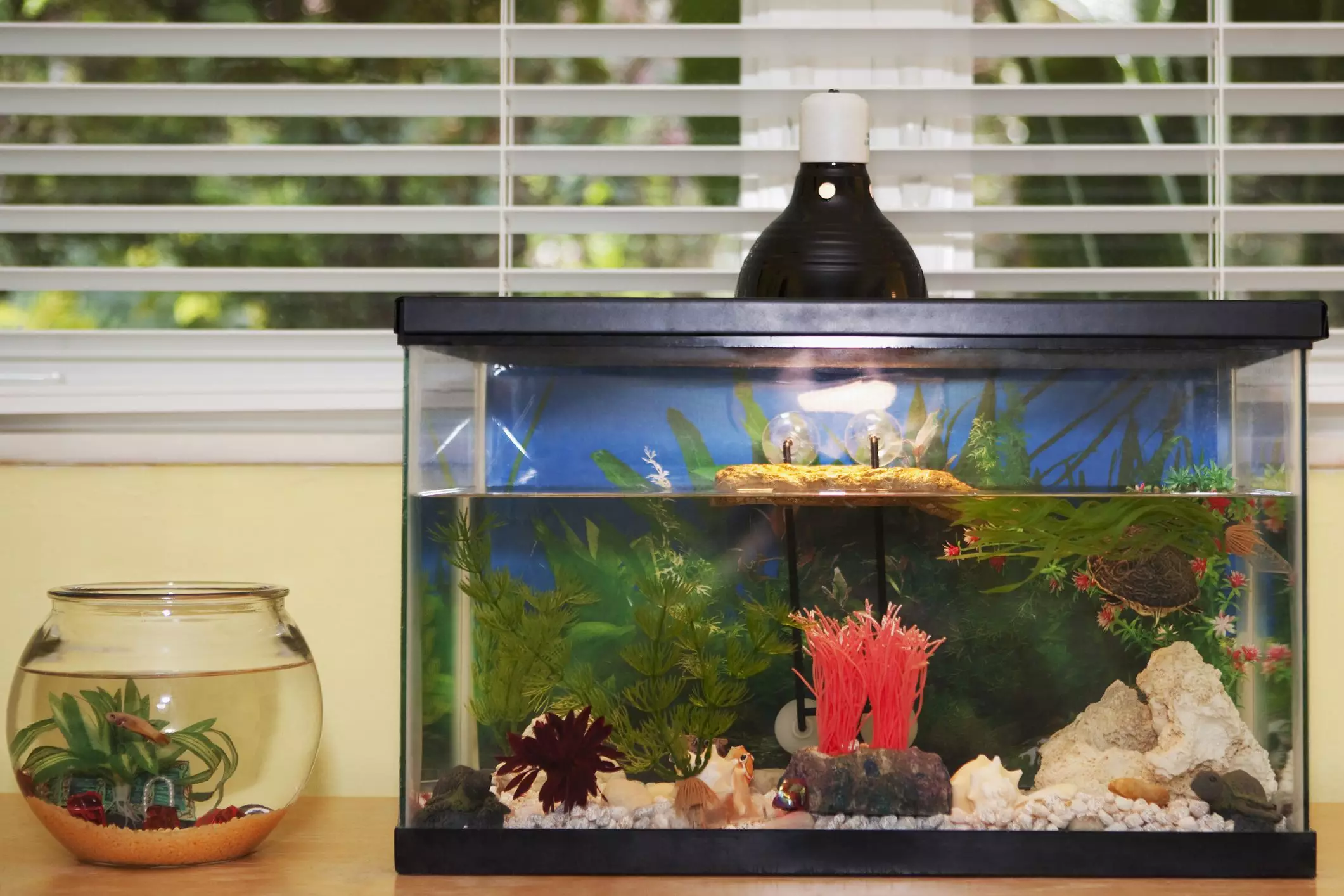The thought of transforming a freshwater aquarium into a captivating saltwater setup often intimidates many aquarists. The common misconceptions surrounding the complexity, equipment, and costs of such a transition can be overwhelming. However, with careful consideration and a clear understanding of what’s required, most existing freshwater setups can be successfully converted to thriving saltwater environments. This article will explore the necessary steps, equipment, and considerations for making your aquarium transformation seamless.
Understanding the Basics: Aquarium Size and Type
Before jumping into the conversion process, it’s essential first to assess your current aquarium. Whether it’s made of glass or acrylic is largely irrelevant as long as it holds water effectively. What is crucial, however, is the size of your tank. Larger aquariums generally offer more stability. For saltwater systems, the challenges can escalate quickly in smaller tanks, particularly during key maintenance phases like cycling. Freshwater aquarists often use a simple “one inch of fish per gallon” rule, but saltwater fish demand much more space with a guideline of one inch per five gallons. Thus, preparing for a successful transition starts with acknowledging these fundamental differences.
In freshwater aquariums, gravel is often employed as substrate, but the needs shift dramatically in a saltwater environment. Saltwater tanks require substrates like sand or crushed coral, which not only serve as a base but also as a habitat for beneficial organisms. These substrates enhance the biological filtration process, essential for maintaining water quality. Investing in the right substrate can save aquarists from future problems related to water chemistry, making it a critical component of the transition.
Filtration Necessities
The need for superior filtration cannot be overstated when switching to a saltwater aquarium. Saltwater aquatic life is generally more sensitive and requires higher water quality than their freshwater counterparts. Most freshwater setups with basic hang-on filters will need an upgrade. The addition of a second filter or even considering a canister filter can dramatically increase the system’s filtration capacity. Canister filters offer flexibility in media options, and unlike outdated under-gravel filters that demand high maintenance, they can be customized to provide optimal mechanical, chemical, and biological filtration.
Lighting Considerations
Lighting plays a crucial role in saltwater aquariums, especially if you plan to include corals or invertebrates in your setup. Freshwater systems typically rely on standard fluorescent bulbs, which may suffice for a basic saltwater fish tank. However, once corals come into play, investment in better-quality lighting is necessary. Options like actinic blue bulbs or high-intensity discharge lamps need to be considered, and LED lighting has risen in popularity for its energy efficiency and longevity. It’s important to conduct thorough research on lighting requirements, as inadequate lighting can hinder coral growth and overall tank health.
Safety of Equipment and Decorations
Most heaters from freshwater tanks can still be used, provided they are rated for saltwater. However, decorations can be a different story. Many freshwater tank adornments—including plastic plants and whimsical ornaments—can be detrimental in saltwater tanks. Marine life, having a natural tendency to nibble and graze, could ingest harmful materials leading to severe health issues. Ideal decorations in saltwater setups include rock structures and specific types of synthetic corals that not only enhance aesthetics but also support the ecosystem.
Transitioning from freshwater to saltwater systems will necessitate some new supplies. At a minimum, you will require sea salt specifically formulated for marine tanks, a hydrometer for measuring salinity, and various water testing kits to monitor key parameters. Books or reliable online resources can significantly aid your learning curve during the transition. Taking the time to educate yourself about saltwater systems will create a more enriching experience for both you and your aquatic inhabitants.
While converting from a freshwater to a saltwater aquarium may seem daunting at first, with thoughtful preparation and the right adjustments to your existing setup, the process can be far less complicated than anticipated. The key to success lies in understanding the specific needs of the aquatic life you wish to keep and being willing to invest in appropriate equipment and knowledge. As you embark on this exciting journey, remember that with patience and diligence, you can create a stunning marine environment that brings joy and admiration.

